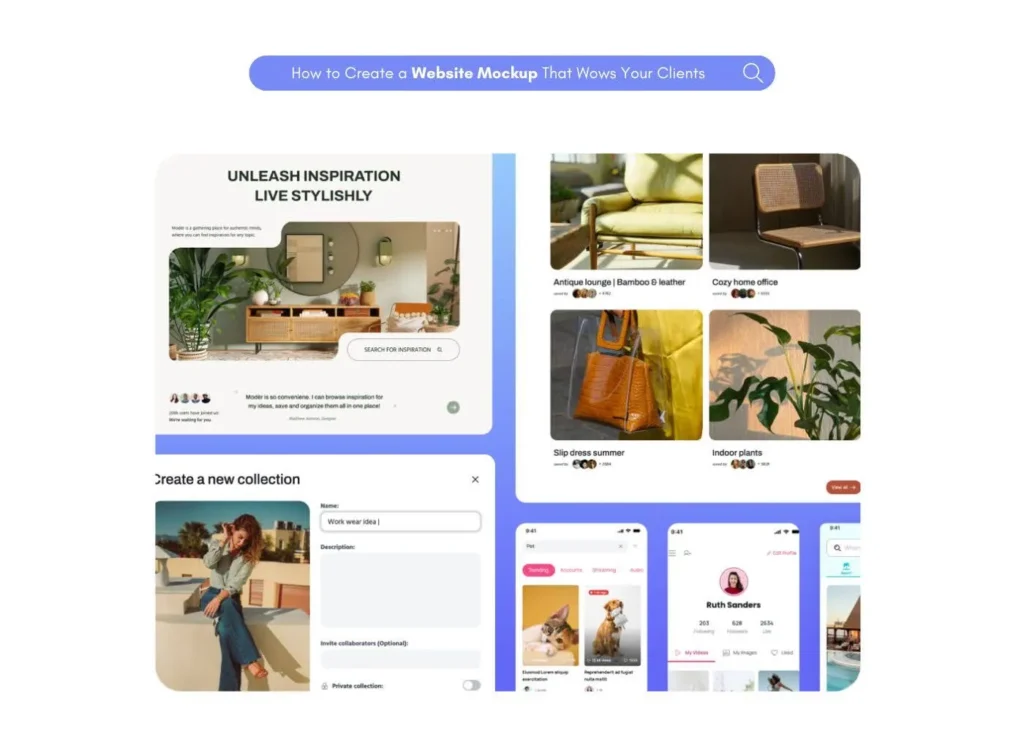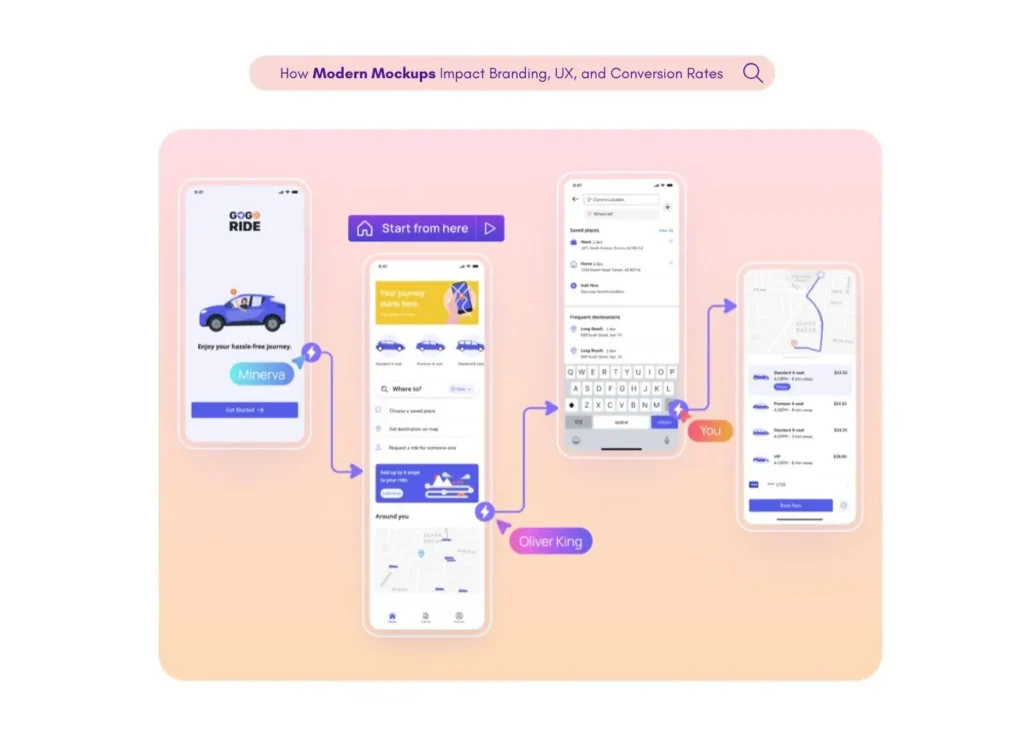Creating a product roadmap is a critical task in product management. It outlines the direction and progress of a product over time. An agile product roadmap is flexible and adapts to changes quickly. It ensures that product development aligns with the overall product strategy. A well-crafted roadmap guides the development team and keeps key stakeholders informed. It helps in setting expectations and coordinating efforts across different teams.
In this post, we will explore how to create a product roadmap using Visily.
Key Steps in Creating a Product Roadmap
Before diving into the practical process of product road mapping with Visily, let’s first understand the essential steps of the product development process that contribute to crafting a visual product roadmap.
1. Define Product Vision and Strategy.
The first step in creating a product roadmap is to define your product vision and strategy. This involves understanding the long-term goals and the direction you want your product to take. The product vision should reflect the company vision and serve as a guiding star for all decision-making. It should be clear, inspiring, and aligned with the business goals. The product strategy then breaks down this vision into actionable steps. It outlines how the product team will achieve the vision. This includes identifying the key components, strategic objectives, and the overall strategy that will drive the product’s success.
2. Identify Audience.
Knowing your audience is crucial for a successful product roadmap. The product team must understand who the product is for and what problems it solves. This includes not only the end-users but also other teams like the sales team, marketing team, and development teams. By identifying the audience, you can tailor the product features and the roadmap presentation to meet their needs. This step ensures that everyone, from the engineering team to the sales teams, is on the same page. It also helps in gathering user feedback and incorporating customer feedback into the development process.
3. Develop Product Themes.
Product themes are broad focus areas that represent the strategic goals of the product. They provide a framework for organizing specific features and product releases. Themes help maintain a visual roadmap that communicates the big picture to the entire organization. By developing product themes, the product management team can ensure that multiple features work towards the same strategic vision. Themes also help prevent too much detail from cluttering the roadmap view, keeping the focus on the strategic objectives.
4. Establish Scope and Goals.
Once themes are set, it’s time to establish the scope and goals for each theme. This involves defining what will be included in the roadmap and setting clear, measurable goals. The scope may vary for different teams, such as the marketing teams or dev teams, and for internal versus external roadmap use. Goals should be specific tasks that contribute to the product’s progress and milestones. They should align with company goals and provide a clear path for the product’s development. This step helps in task management and ensures that the development process stays on track.
5. Formulate Hypotheses.
Creating a product roadmap is not just about planning; it’s also about learning. Formulating hypotheses involves making educated guesses about product features, user stories, and market needs. It’s part of an ongoing process where the product team tests assumptions, learns from user feedback, and adapts the roadmap accordingly. This agile roadmap approach helps the product adapt to changes without losing sight of the strategic goals. It also encourages cross-functional teams to collaborate and build consensus around new features and product ideas.
6. Maintain Flexibility.
A product roadmap is not set in stone. It should be a flexible communication tool that evolves with the product’s development and the market. Agile product roadmaps are designed to accommodate changes in company goals, customer needs, or the development process. Maintaining flexibility means updating the roadmap regularly to keep it up to date. It also means being open to changing specific features, exact dates, or strategic goals as necessary. Flexibility ensures that the product team, sales teams, and other stakeholders can respond to changes quickly, keeping the product on the path to success.
How to Create a Product Roadmap with Visily
Now, let’s explore the process of creating a product roadmap using Visily.
- Sign up for Visily and create your account to begin.
- Once signed in, select “Create Project” to start a new roadmap.
- Choose to start with a blank canvas or use a pre-made template.
- Visily offers a variety of diagram templates, including product roadmap.
- Customize the selected template using Visily’s editing tools and components.
- Ensure the roadmap matches your product’s vision and project needs.
- Share your completed roadmap with your team through Visily’s platform.
Conclusion
Creating a product roadmap is essential for aligning your development team with your strategic goals. Visily simplifies this process, making it accessible for product managers and teams. With its user-friendly interface and customizable templates, Visily helps you visualize your product’s journey. It allows for effective communication across different teams. The tool’s flexibility ensures that your roadmap can evolve with your product.
By using Visily, you can integrate UI design and wireframes into your roadmap. This keeps all aspects of product development in one place. It streamlines the process for managing multiple products. Visily’s visual roadmap capabilities ensure clarity and understanding for the entire organization.
In conclusion, Visily is a powerful tool for creating agile product roadmaps. It helps product teams stay focused on their strategic vision. It also keeps key stakeholders informed about the product’s progress. If you’re looking to enhance your roadmapping process, give Visily a try. Experience the benefits of a custom roadmap that keeps your product development on track.
Ready to create a product roadmap that drives success? Try Visily today and see the difference it can make for your product management efforts.












